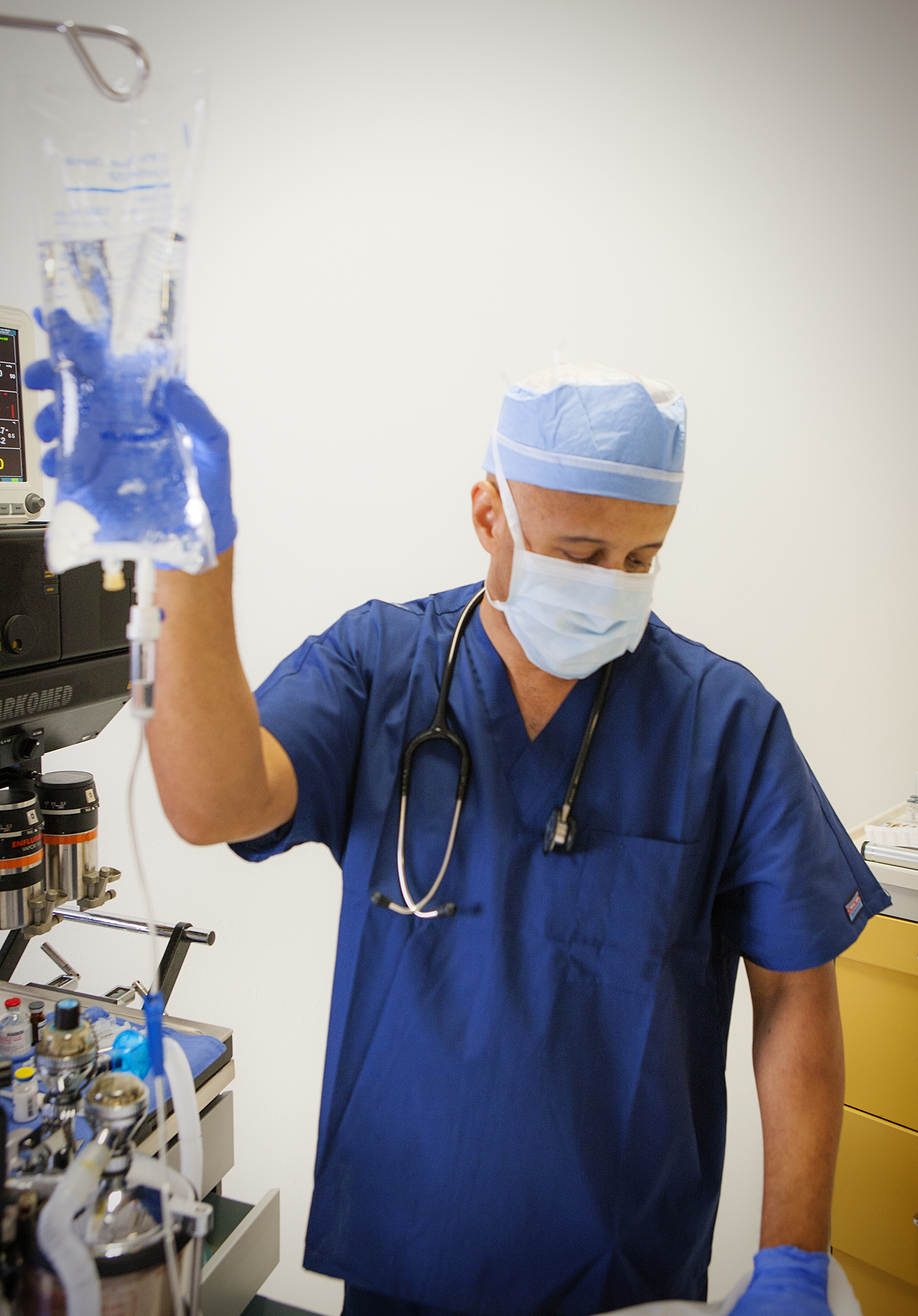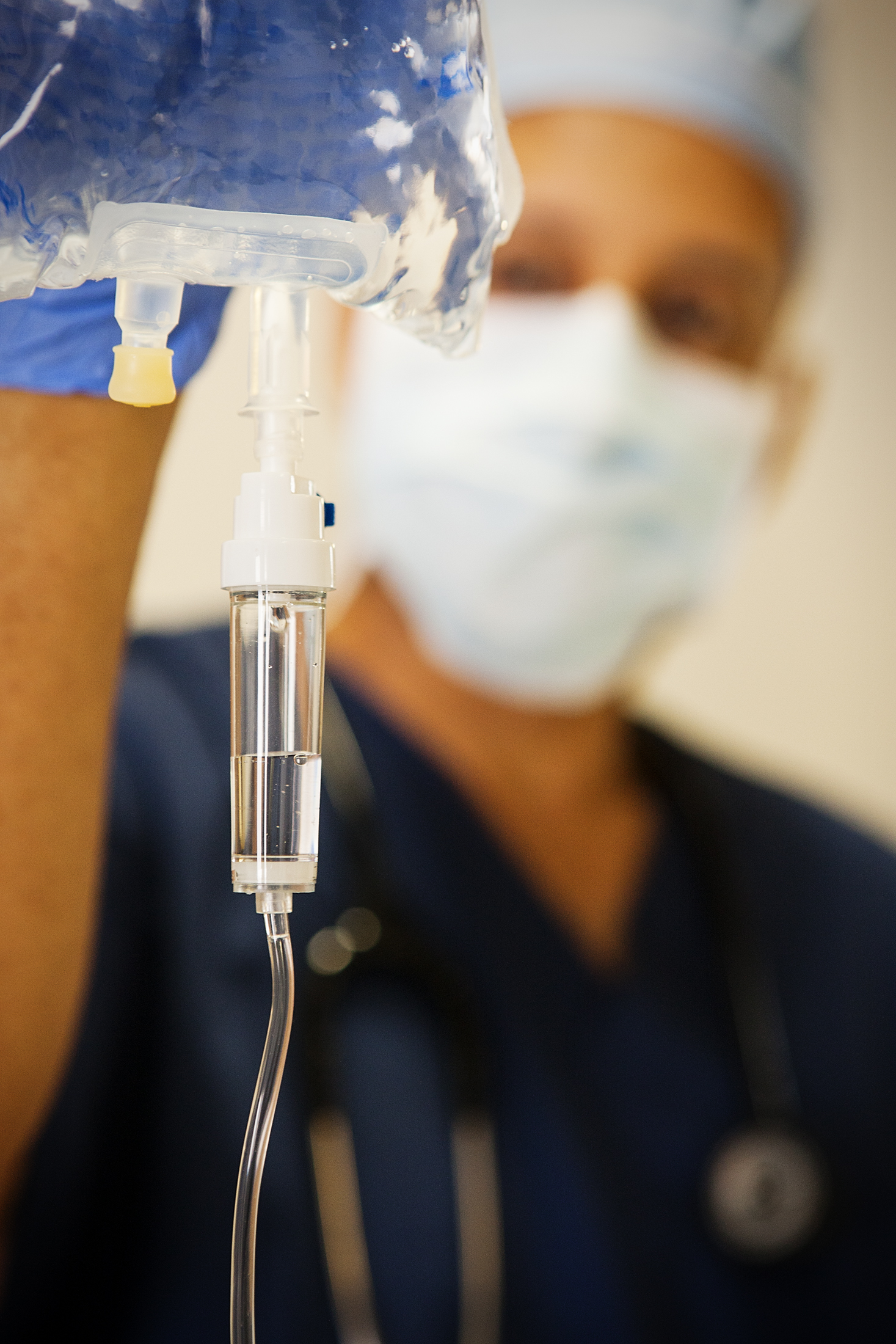
Because endoscopic procedures, such as colonoscopy and esophagogastroduodenoscopy (EGD) tend to be uncomfortable and invasive, procedural sedation plays a crucial role in such procedures by managing the fear, pain, and anxiety of patients. Computer-assisted personalized sedation (CAPS) devices are an emerging technology that seek to improve the safety, efficiency, and precision of surgeries performed under sedation.
Traditional methods of sedation—the most common of which have been the administration of an anxiolytic agent and an opioid agent—are limited by the extensive time to achieve sedation, a long recovery time after the procedure, and difficulty in titration. In recent years, these methods have increasingly been replaced by the use of propofol, a sedative-hypnotic agent that acts and wears off quickly, shortens recovery time, and facilitates titration. However, because propofol is labeled as an anesthetic, only anesthesia professionals are allowed to administer the drug. Meanwhile, qualified anesthesiologists and CRNAs may not be available—an issue that may intensify as both the number of endoscopic procedures and propofol use in these procedures is predicted to rise in the coming years. By using a computer interface to facilitate drug titration for cases of minimal to moderate sedation, the SEDASYS CAPS system may lessen the burden on anesthesiologists and manage professional allocation.
This novel method of sedation, designed and created by Ethicon Endo-Surgery Inc., “is a computer-assisted device that administers the prescription drug propofol into the blood stream via intravenous IV infusion.” The system noninvasively monitors the patient’s physiological data (oxygen saturation, capnometry, respiratory rate, heart rate, blood pressure, electrocardiography, and patient responsiveness) and then uses this data to titrate sedation and adjust propofol infusion. It allows the physician to select and adjust the initial maintenance rate and to periodically administer rapid bolus doses in the case of patient discomfort. Most importantly, the CAPS system empowers the endoscopist-nurse team to administer propofol without an anesthesiologist present during the procedure.
The new technology is intended for low-risk patients above the age of 18 undergoing colonoscopy or EGD with minimal or moderate sedation. Although an anesthesia professional does not need to be directly on site, one does need to be “immediately available” for assistance or consultation in case of an emergency. Propofol does not have a reversal agent and so, if misused, can result in an unintentionally deep level of sedation and potential airway compromise that must immediately be attended to a by a trained anesthesiologist. Endoscopists who wish to use the system will need to undergo extensive device-specific training.
Many measures have been taken to ensure that the necessary safety mechanisms are present within the SEDASYS CAPS system. Propofol dosing is limited through a cap on the initial infusion rate, a restriction on infusion rate surges, and a mandatory three minute loading dose whenever infusion is increased. Infusion is not allowed unless oxygen is being delivered simultaneously. The oxygen delivery rate is adjusted based on oxygen saturation. Throughout the procedure, the system uses verbal and tactile simulation to check the patient’s level of sedation. In the case of any distressing physiological parameters, endoscopists are alerted through visual and audible alarms and propofol infusion may be halted.
The FDA officially granted Premarket Approval for the SEDASYS System on May 3, 2013. Test trials have found that the average recovery time for patients undergoing endoscopy and colonoscopy with CAPS was 27 minutes, compared with 33 minutes for patients who were given traditional sedation drugs (nearly a 20% reduction in recovery time). Patients in the CAPS group were reportedly more satisfied with their experience and felt less pain during the procedure, while endoscopists likewise expressed a greater satisfaction with this method, crediting the deeper and more stable level of sedation.
CAPS has the potential to not only improve the efficiency and outcomes of these endoscopy procedures, but also better allocate anesthesia professionals. A 2012 RAND study found that from 2003 to 2009, the number of colonoscopies and upper gastroenterology (GI) procedures increased by 26 percent, a rate that is only expected to continue accelerating. Meanwhile, SEDASYS estimates that there are currently 15 million patients in the US who are candidates for procedures using the new technology. With the computerized sedation system capable of precisely tending to these routine procedures, trained anesthesia professionals, who are in relatively limited supply, will be free to direct their skills towards greater risk patients.

